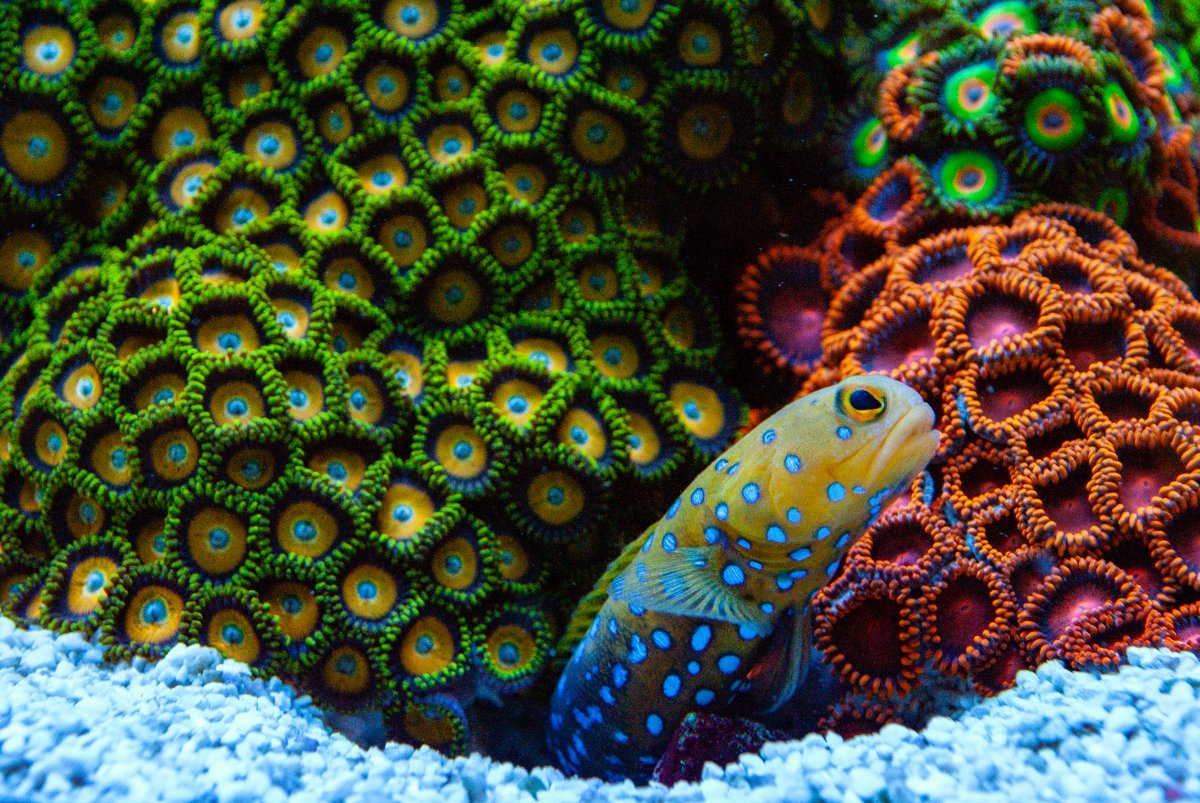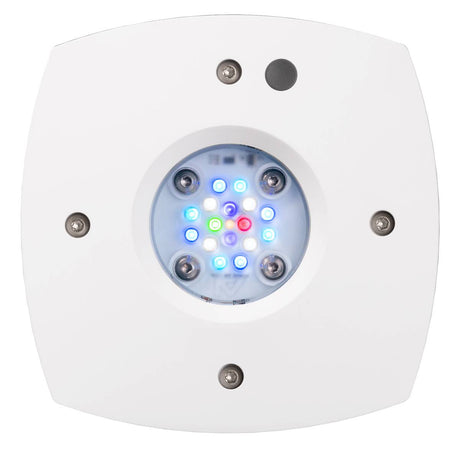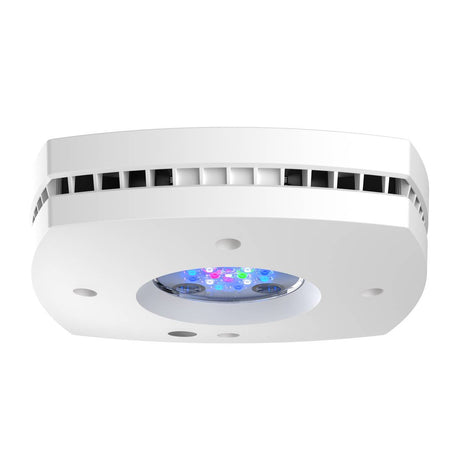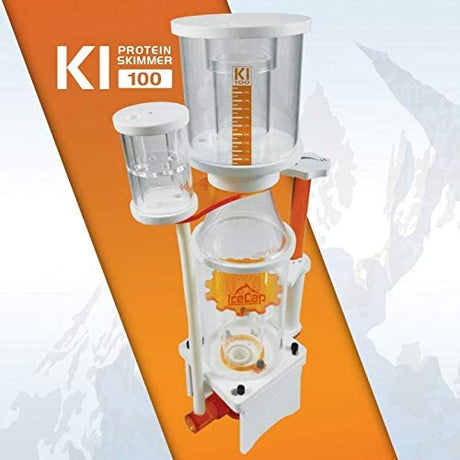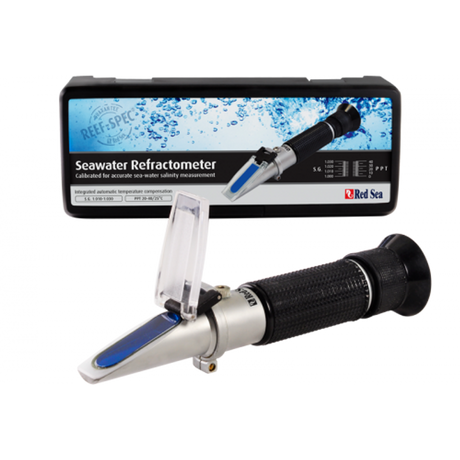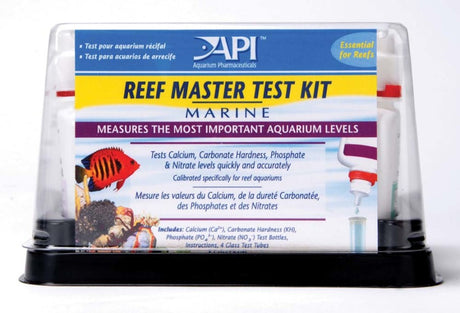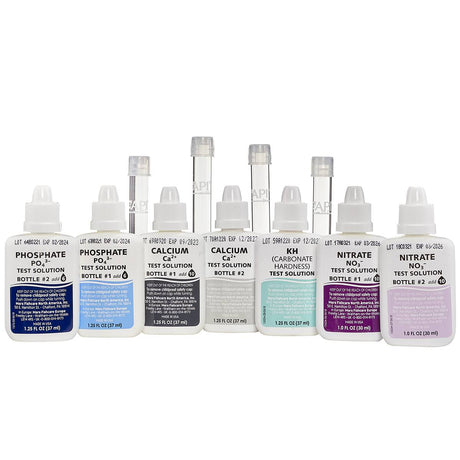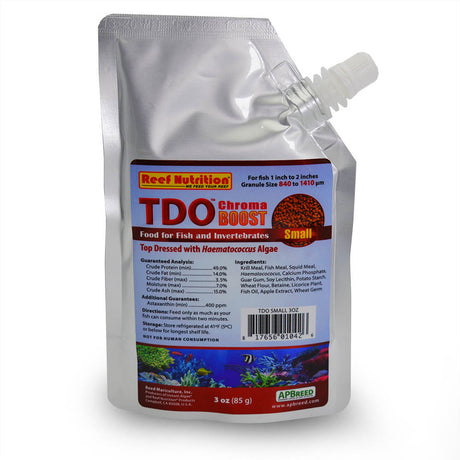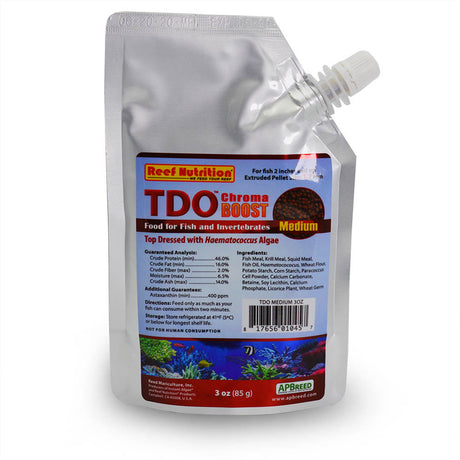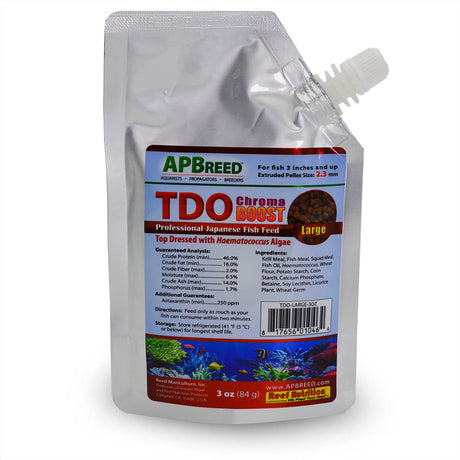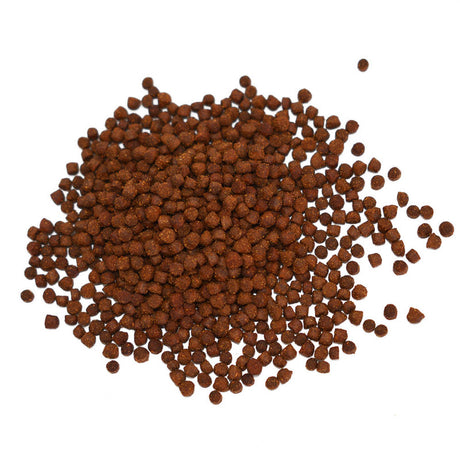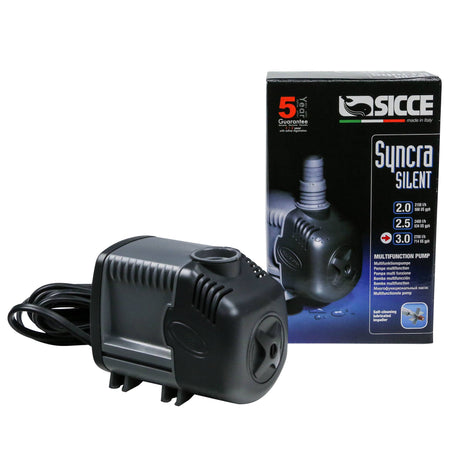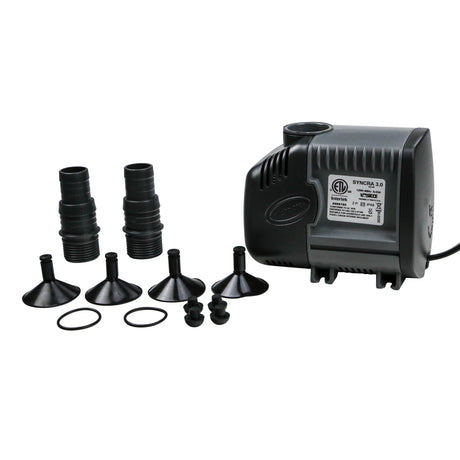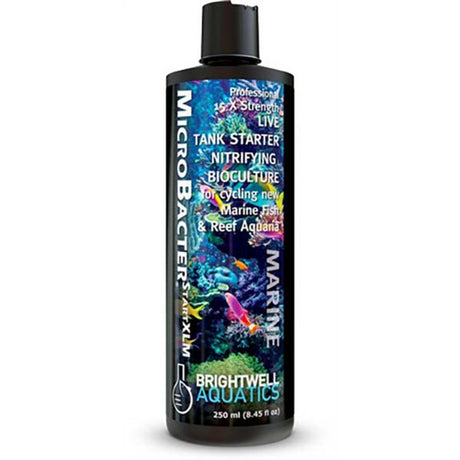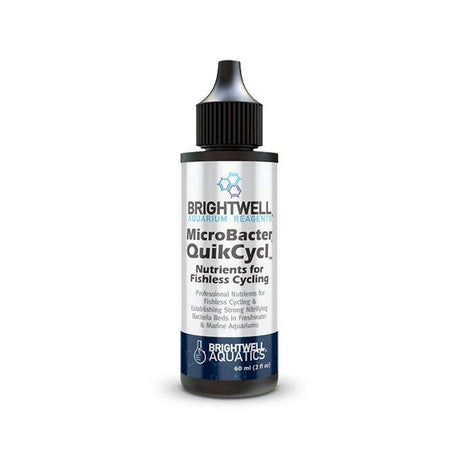Diving into the world of reef tanks is an exciting journey that brings the vibrant and mesmerizing underwater ecosystem right into your home or office. A thriving reef tank not only serves as a captivating display of marine life but also embodies a complex, self-sustaining environment that mirrors the diversity and beauty of coral reefs found in oceans around the globe. Setting up a reef tank, however, is more than just an aesthetic venture; it requires careful planning, dedication, and an understanding of the delicate balance needed to maintain a healthy marine ecosystem. The team here at Top Shelf Aquatics has created a guide the "ultimate" guide to setting up a reef tank.
This ultimate guide is designed to walk you through the process of setting up your very own reef tank, from the initial planning stages to the ongoing maintenance. Whether you're a seasoned aquarist or a curious newcomer, our comprehensive approach will provide you with the knowledge and tools needed to create a thriving underwater world. We'll cover the essential equipment, the step-by-step setup process, how to choose the right inhabitants, and the best practices for maintaining your tank. By the end of this guide, you'll be equipped with the insights necessary to embark on the rewarding adventure of reef keeping.
Understanding the Basics of a Reef Tank
A reef tank, often referred to as a reef aquarium, is a marine aquarium that meticulously replicates the complex and vibrant ecosystems found in the world's coral reefs. Unlike standard fish tanks, reef tanks focus on providing an optimal environment for corals and other marine invertebrates, in addition to fish. This type of aquarium emphasizes the symbiotic relationships between various marine species and their environment, showcasing the incredible biodiversity of reef ecosystems.
At its core, a reef tank involves more than just aesthetically pleasing arrangements of coral and fish. It's about creating a stable, thriving ecosystem that supports the health and growth of its inhabitants. This requires an understanding of the specific needs of reef-dwelling species, including water chemistry, lighting, flow, and nutrition. The goal is to mimic natural reef conditions as closely as possible, which involves maintaining high water quality, stable temperatures, and appropriate lighting conditions that encourage coral photosynthesis and growth.
Importance of Maintaining a Balanced Ecosystem
The success of a reef tank hinges on the aquarist's ability to maintain a balanced ecosystem. This balance is crucial for the health and well-being of all tank inhabitants, from the smallest microorganisms to the largest fish and corals. In a balanced reef aquarium, biological filtration processes efficiently convert waste products into less harmful substances, algae growth is controlled, and corals thrive, providing shelter and nutrients for other organisms.
Achieving this balance requires a diligent approach to tank setup and maintenance. Regular monitoring of water parameters, such as pH, salinity, ammonia, nitrites, and nitrates, is essential. These parameters should be kept within specific ranges suitable for reef life. Additionally, the introduction of live rock, which harbors beneficial bacteria, helps establish a natural biological filtration system that plays a vital role in the nitrogen cycle, breaking down toxic waste products into safer compounds.
Creating and maintaining a thriving reef tank is a rewarding endeavor that offers endless opportunities for learning and enjoyment. As you embark on this aquatic journey, remember that patience and perseverance are your best allies. The process of establishing a balanced reef ecosystem takes time, but the results—a stunning, living piece of the ocean in your own space—are well worth the effort.
Planning Your Reef Tank
Deciding on Tank Size and Location
The journey to establishing a thriving reef tank begins with two critical decisions: the size of the tank and its location. The size of your tank will directly influence the types of fish, corals, and invertebrates you can keep, as well as the overall stability of the marine ecosystem you aim to create. Larger tanks tend to be more forgiving due to the larger volume of water, which dilutes toxins and accommodates more significant temperature fluctuations. However, they also require more equipment, maintenance, and initial investment.
When considering location, look for an area away from direct sunlight, which can cause overheating and promote excessive algae growth. Ensure the location is stable and can support the weight of a fully equipped tank, which can be significant when filled with water, substrate, and live rock. Accessibility for maintenance, proximity to electrical outlets, and the aesthetics of how the tank fits into your living space are also important factors.
Equipment Essentials: Lighting, Filtration, and Circulation
Choosing the right equipment is crucial for the success of your reef tank. Lighting, filtration, and water circulation are the pillars upon which a healthy reef ecosystem is built.
- Lighting: Corals need light to thrive, as they contain photosynthetic algae, called zooxanthellae, which require light to produce energy. The right lighting system simulates the natural light cycle and intensity found in their ocean habitat, promoting growth and vibrant colors. LED lights are popular for their efficiency, control, and ability to mimic natural light patterns.
- Filtration: A robust filtration system is essential to maintain water quality and clarity, remove toxins, and promote the health of your tank's inhabitants. The system should include mechanical, chemical, and biological filtration components to effectively process waste and maintain stable water parameters.
- Circulation: Water movement is critical for delivering nutrients to corals and invertebrates and for mimicking the natural currents of a reef environment. Powerheads and wave-making devices help achieve this, ensuring that all parts of the tank are well-oxygenated and free from dead spots where detritus can accumulate.
Proper planning and equipment selection lay the foundation for a thriving reef tank. By considering the size and location of your tank and investing in quality lighting, filtration, and circulation systems, you're setting the stage for a successful and rewarding reef-keeping experience.
Setting Up Your Tank
Step-by-Step Guide to Setting Up
Setting up your reef tank is a meticulous process that, when done correctly, lays the groundwork for a successful marine ecosystem. Follow these steps to ensure a smooth setup:
-
Assemble Your Equipment: Before adding water, make sure all your equipment, such as the tank, stand, lighting, filtration system, and heater, is in place and properly installed. It's easier to adjust and organize equipment when the tank is empty.
-
Add Substrate and Live Rock: Begin by adding a layer of substrate (sand) to the bottom of the tank. Then, strategically place live rock in the tank to create a natural and aesthetically pleasing aquascape. Live rock serves as the main biological filtration in a reef tank, housing beneficial bacteria that help break down waste products.
-
Fill the Tank with Saltwater: Prepare saltwater by mixing reef-grade sea salt with dechlorinated or RO/DI (reverse osmosis/deionized) water to achieve the correct salinity level, typically between 1.023 and 1.025 specific gravity. Slowly fill the tank, taking care not to disturb your aquascape.
-
Install and Start Equipment: Once the tank is filled, start your equipment, including the filtration system, heater, and circulation pumps. Check for leaks and ensure all equipment is functioning correctly.
-
Cycling Your Tank: Before introducing any live animals, it's essential to cycle the tank, a process that establishes a beneficial bacterial colony to convert toxic ammonia and nitrite to less harmful nitrate. This can be initiated by adding a small amount of ammonia to the tank and testing water parameters regularly until ammonia and nitrite levels drop to zero, indicating the tank is cycled and ready for livestock. This process usually takes 4-6 weeks.
Cycling Your Tank to Prepare for Livestock
Cycling is perhaps the most critical step in setting up your reef tank, as it directly impacts the health and survival of your future inhabitants. Patience is key during this phase. Regular testing for ammonia, nitrites, and nitrates will guide you through the cycling process. You may also consider adding live bacteria cultures available in pet stores to help establish your tank's biological filtration faster.
After successfully cycling your tank, you can begin slowly introducing your chosen marine life, starting with hardy species that can tolerate the still-stabilizing environment. Remember, slowly acclimate all new arrivals to the tank's water conditions to prevent shock.
Setting up your reef tank is a rewarding process that sets the stage for a thriving marine ecosystem. By carefully following these steps and patiently allowing your tank to cycle, you'll create a strong foundation for your reef aquarium's long-term success.
Choosing Your Inhabitants
Selecting Corals, Fish, and Invertebrates
Creating a thriving reef tank ecosystem involves careful selection of its inhabitants. The diversity of life in a reef tank not only adds to its aesthetic appeal but also plays a crucial role in the tank's ecological balance. Here's how to make informed choices:
- Corals: Begin by selecting hardy corals that are known for their adaptability to aquarium life. Soft corals, such as zoanthids, mushrooms, and leather corals, are excellent choices for beginners due to their resilience and lower light requirements. As your experience and confidence grow, you can gradually introduce more demanding species like LPS (Large Polyp Stony) and SPS (Small Polyp Stony) corals, which require more stable water conditions and intense lighting.
- Fish: When choosing fish, consider species that are not only beautiful but also beneficial to the reef environment. Fish that graze on algae, such as tangs and blennies, help control algae growth, while clownfish can form symbiotic relationships with certain anemones. It's crucial to research each species' compatibility, size, and dietary needs to ensure they can coexist harmoniously in your tank's specific conditions.
- Invertebrates: Invertebrates like snails, shrimp, and crabs are not just fascinating to observe; they play vital roles in cleaning the tank by consuming algae, detritus, and leftover food. Cleaner shrimp, for example, can help control parasites on fish, while hermit crabs are effective at scavenging for uneaten food. Be mindful of the potential size and behavior of invertebrates to avoid introducing species that may become predatory or overly aggressive.
Introducing and Acclimating Your Marine Life to the Tank
Introducing new inhabitants to your reef tank requires careful acclimation to prevent shock from sudden changes in water parameters. Use the drip acclimation method for both corals and fish, which involves slowly adding small amounts of tank water to the container holding your new arrivals over the course of an hour or more. This gradual process helps them adjust to the temperature, pH, salinity, and other water conditions of their new home.
It's also wise to quarantine new arrivals for a period before introducing them to the main tank. This precautionary step helps prevent the spread of diseases and parasites to your established community. Although it requires extra equipment and space, a quarantine tank is a valuable investment in the health and longevity of your reef ecosystem.
By carefully selecting and acclimating your tank's inhabitants, you create a dynamic, balanced ecosystem that supports the health and growth of both the animals and the corals. This thoughtful approach ensures that your reef tank remains a vibrant and thriving environment for years to come.
Maintenance and Care
Regular Maintenance Tasks
A well-maintained reef tank is key to the health and longevity of its inhabitants. Regular maintenance tasks not only keep your aquarium looking its best but also prevent potential problems before they arise. Here are essential maintenance practices:
- Water Changes: Perform regular water changes, typically 10-20% of the total volume every two weeks, to remove toxins and replenish essential minerals. Water changes also help to keep nutrient levels, like nitrates and phosphates, in check, promoting a healthier environment for your tank's inhabitants.
- Testing Water Parameters: Keeping a close eye on water quality is crucial in a reef tank. Regular testing for pH, salinity, ammonia, nitrites, nitrates, calcium, alkalinity, and magnesium allows you to make necessary adjustments to maintain optimal conditions for coral and fish health.
- Cleaning: Algae control is an ongoing task in reef tank maintenance. Use algae magnets or scrapers to clean the aquarium glass, and manually remove any excessive algae growth from rocks and decorations. Ensure your filtration system is clean and functioning efficiently by regularly replacing filter socks and cleaning skimmers, pumps, and reactors.
- Equipment Checks: Regularly inspect all aquarium equipment to ensure everything is operating correctly. This includes checking for signs of wear and tear on pumps, heaters, lights, and other critical components. Promptly address any issues to prevent equipment failure, which could jeopardize your tank's ecosystem.
Troubleshooting Common Problems
Even with diligent care, reef tanks can encounter issues. Here are some common problems and tips for troubleshooting:
- Algae Overgrowth: Excessive nutrients, such as nitrates and phosphates, often cause algae blooms. Reduce feeding, increase water changes, and consider adding more cleanup crew members like snails and hermit crabs to help manage algae.
- Pest Infestations: Keep an eye out for pests such as bristle worms, aptasia, and flatworms. Manual removal, natural predators, or specific treatments can manage these pests without harming your tank's ecosystem.
- Coral Health: If corals appear stressed or bleached, check lighting levels, water flow, and water quality. Adjusting these parameters can often help corals recover. Consider consulting a marine aquarium specialist if problems persist.
Regular maintenance and prompt troubleshooting are essential for the success of your reef tank. By staying vigilant and proactive in caring for your aquarium, you can enjoy a stunning, dynamic marine ecosystem that thrives over time.
Embarking on the path to creating and maintaining a reef tank is a deeply rewarding experience that offers endless opportunities for learning, discovery, and connection with the natural world. Each step, from planning and setup to choosing inhabitants and ongoing care, brings its own set of challenges and triumphs. The result is a living, breathing piece of art that not only enhances your space but also offers a unique insight into the intricate dynamics of coral reef ecosystems.
As you continue to nurture and grow your reef tank, remember that patience and perseverance are your most valuable tools. The journey of reef keeping is a marathon, not a sprint, marked by gradual successes and learning opportunities from the inevitable setbacks. The knowledge and experience gained through this process are invaluable, deepening your understanding of marine life and its conservation.
Looking ahead, the world of reef keeping is ever-evolving, with advances in technology, husbandry practices, and ecological understanding continually opening new avenues for exploration and innovation. As a dedicated aquarist, you have the opportunity to contribute to this vibrant community, sharing your experiences, learning from others, and perhaps even inspiring the next generation of reef enthusiasts.
In closing, may your reef tank not only thrive but also become a source of endless fascination and joy. As you watch your aquatic ecosystem flourish, let it serve as a reminder of the beauty and resilience of life beneath the waves, and of your role in its preservation and care.

